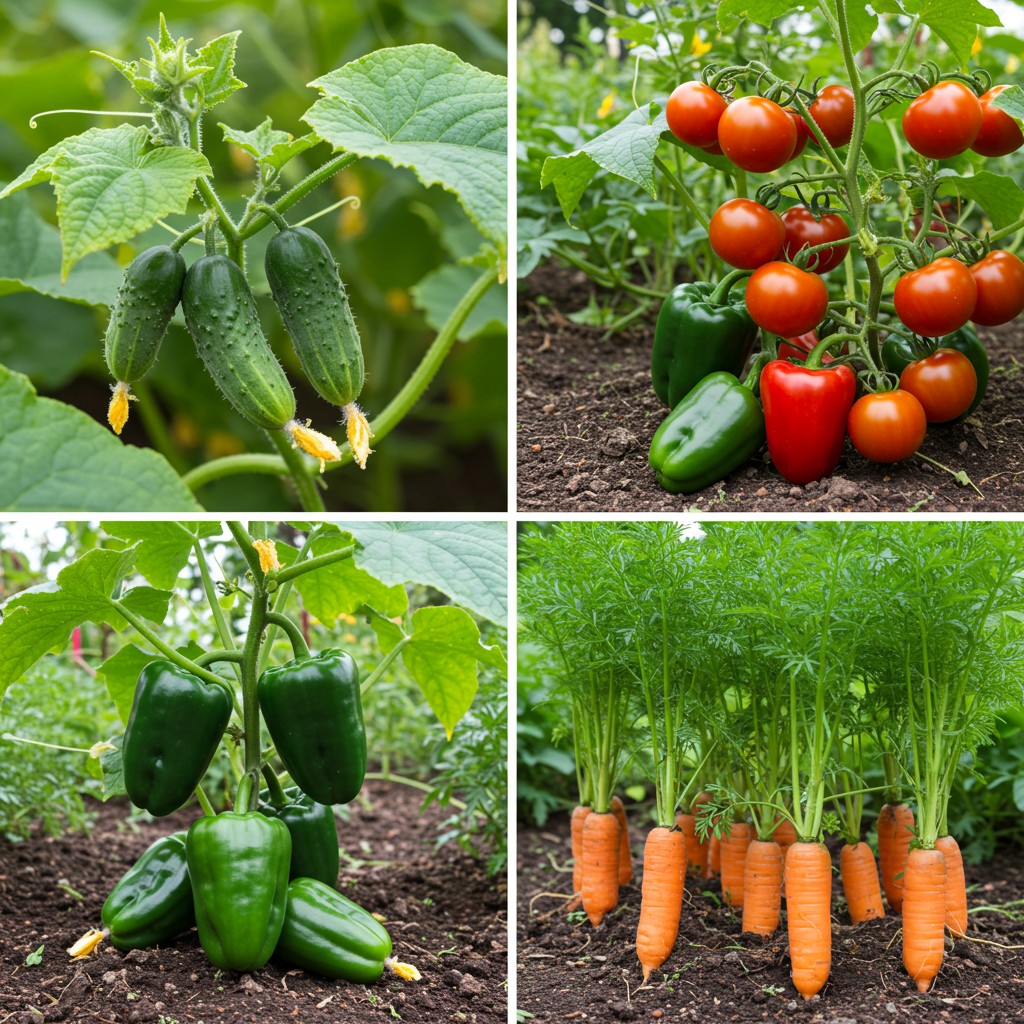4. A Few Onion Skins or a Clove of Garlic
These natural pest deterrents help repel soil-dwelling insects and fungal spores. They break down slowly, releasing compounds that support plant immunity.
Use: A small handful of onion skins or 1 peeled garlic clove per hole.
5. Banana Peel Pieces
Banana peels are loaded with potassium, phosphorus, and magnesium—essential nutrients that promote strong root systems and heavy flowering.
Use: Cut banana peels into small pieces and add 3–4 chunks to each planting hole.
6. A Scoop of Compost or Aged Manure
This is the most important addition. Rich compost or well-rotted manure introduces living microbes, organic matter, and slow-release nutrients to the root zone. It keeps the soil fertile and moisture-retentive.
Use: 1–2 handfuls of compost or aged manure per hole.
How to Apply This Mixture When Planting
Dig the hole for your seedling, making it deep and wide enough for both the root ball and the added ingredients.
Add the materials listed above, starting with compost, then layering in the other components.
Mix gently with a bit of surrounding soil to avoid root burn, especially if using wood ash or manure.
Plant your seedling and cover with soil.
Water thoroughly to help the roots settle and activate the nutrients.
This simple process can be used when transplanting both homegrown and store-bought seedlings into garden beds, raised beds, or containers.
The Benefits You’ll See
By feeding your plants from the bottom up, you’ll notice:
Faster root establishment
Greener, more vigorous foliage
Earlier and more abundant flowers
Larger and tastier fruits
Improved resistance to pests and diseases
